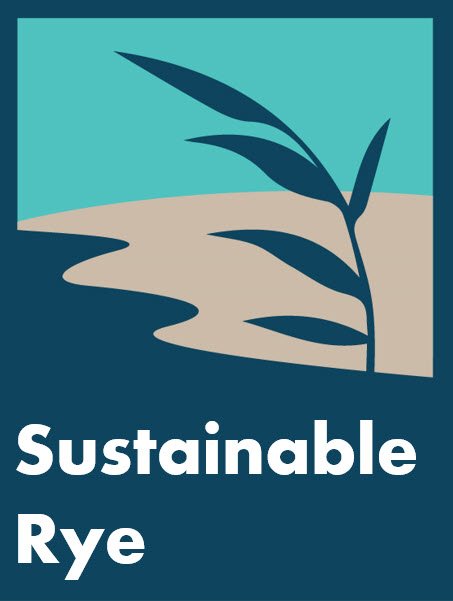They’re Just Balloons! What’s All the Fuss?
By Melissa Grieco, Chair, Rye Sustainability Committee
Balloons are generally associated with fun and festivity. However, balloons have a dark side, as they can cause power outages and pose a serious threat to wildlife and the environment. They’re also an eyesore, marring the landscape of our beautiful community. Released balloons ultimately return to the earth as litter, with many ending up permanently clogging and polluting our waterways and oceans. As a coastal community, Rye's ecosystem is particularly sensitive to the effects of released balloons.
What’s in a Balloon?
Balloons are available in two varieties - latex and Mylar.
Latex: While natural latex qualifies as a biodegradable substance, balloon latex is treated with preservatives and plasticizers to guard against bacterial decomposition. It can take anywhere from six months to four years for a latex balloon to biodegrade.
Due to their bright colors, latex balloons in the ocean are often mistaken for food by marine life such as whales, dolphins, seals and sea turtles, with deadly results. Once ingested, balloons can release toxic chemicals into the blood stream and cause physical damage to wildlife by blocking the digestive tract. In addition, ribbons, tassels and strings attached to released balloons can entangle and ensnare marine animals and terrestrial wildlife.
Mylar balloons are made from mylar nylon, a material developed for use in the U.S. space program. They are not biodegradable and are often coated with a metallic finish. Their durability means that Mylar balloons that land in the ocean remain forever. As they drift, they become part of the ever-accumulating hordes of permanent trash that we find in and around Long Island Sound - and beyond. Their shiny quality also makes them particularly susceptible to being mistaken for food by marine animals.
Balloons and You
In addition to being a choking hazard in small children, balloons caught in power lines can be a real nuisance and hazard, causing power outages, fires, and possible injuries.
Furthermore, the widespread use of helium to inflate balloons is contributing to the depletion of accessible helium for use in MRI scanners, fiber optics and LCD screens.
Some communities, including East Hampton, NY, have taken action to prevent the proliferation of balloon litter in the environment by banning the intentional release of balloons.
I Just Want to Have Fun! Are there Alternatives to Baloons?
The good news is that the party (or real estate open house!) can still go on without the balloons! There are a wide variety of fun, colorful and eco-friendly alternatives to balloons including reusable paper streamers, flags, banners and even bubbles.



